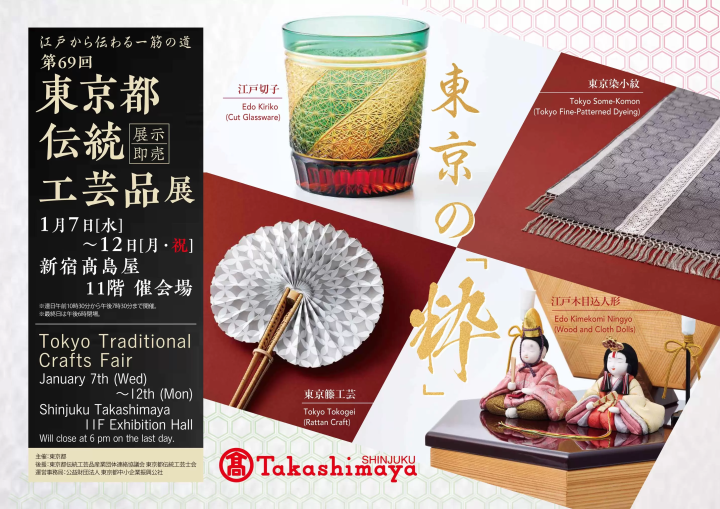Sensoji Temple Omikuji: How to Draw a Fortune and Its Meaning

Sensoji - the ever-crowded temple in Asakusa is a great place to learn your future via omikuji. There is a rumor about the omikuji paper fortunes at Sensoji, but what is the truth?
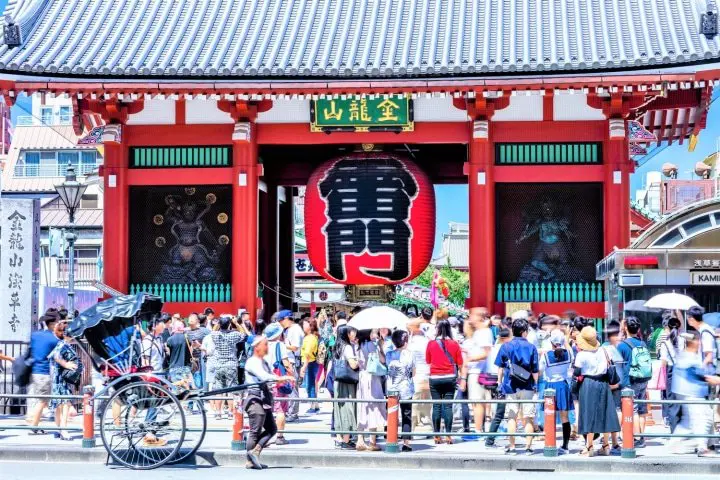
Photo by Pixta
Sensoji, the ever-crowded temple in Asakusa. In this place overflowing with people’s enthusiasm, there is a rumor that has been handed down over many years. This rumor is related to omikuji, or paper fortunes… but before talking about that, let’s try and draw an omikuji for ourselves.
Table of Contents
1. Try Drawing an Omikuji at Senso-ji
2. The Rumor Associated with Senso-ji's Omikuji
3. The Reason for the High Rate of Bad Fortune
4. Why Senso-ji’s Omikuji is Popular
5. Create Your Own Original Amulet in Asakusa!
Try Drawing an Omikuji at Senso-ji
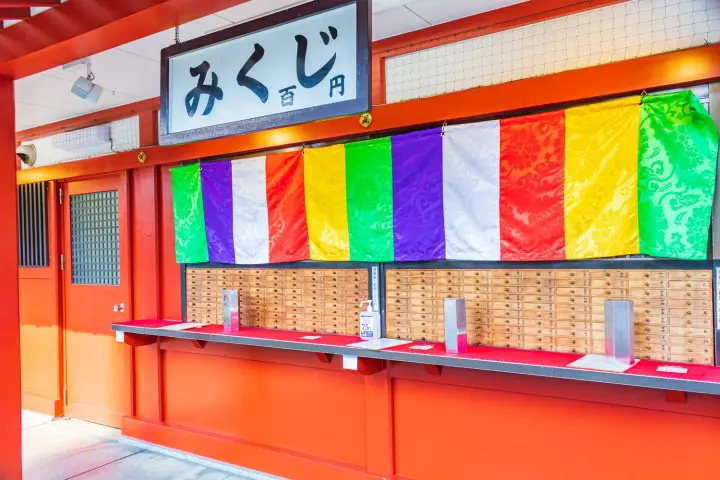
Photo by Pixta
This is the main office that is located in front of Senso-ji’s main temple building. An omikuji is a strip of paper that predicts your fortune when you make a prayer to the gods and Buddhas of a given temple or shrine. The contents written on that small slip of paper shows your future. Did you know that there are 7 types of results for omikuji, ranging from the best daikichi (大吉excellent luck), to the worst daikyou (大凶terrible luck)?

Photo by Pixta
One omikuji at Senso-ji costs only 100 yen. Place a 100 yen coin through the hole into the money collection box by yourself.
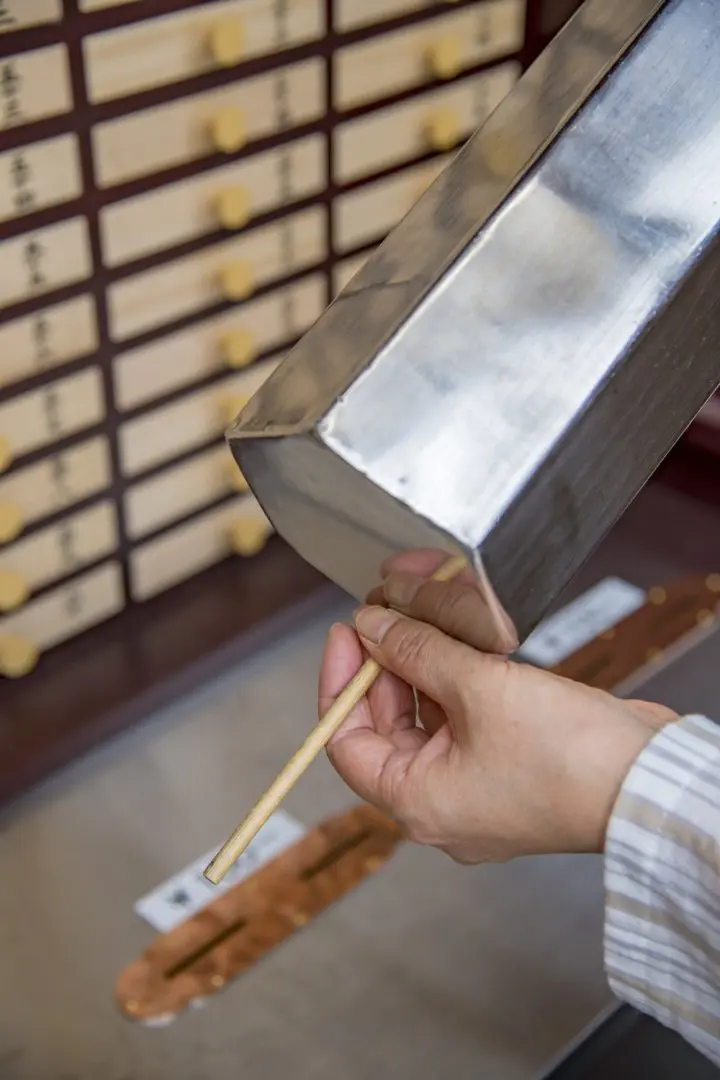
Photo by Pixta
When you’ve inserted the money, shake the omikuji box several times on its side. You will hear a neat shaka shaka sound, and naturally get excited.
An omikuji rod will poke out from a hole in the box. The characters written on it, seen in the red box, mean 88 in Japanese.
Now, search for the drawer labeled number eighty-eight in the shelves located right next to the box (try to match the symbols on the rod to the drawers, or ask someone for assistance if you can't read Japanese), and take one omikuji slip. In this moment, you're sure to feel excited no matter how old you are.
Oh wow, we got daikichi (excellent luck)! You might be excited enough to cheer, and the people around you are sure to feel jealous or surprised. Some might even say that you must be blessed, to have gotten daikichi at Senso-ji of all places.
↑ Return to the top of article.
The Rumor Associated with Senso-ji's Omikuji
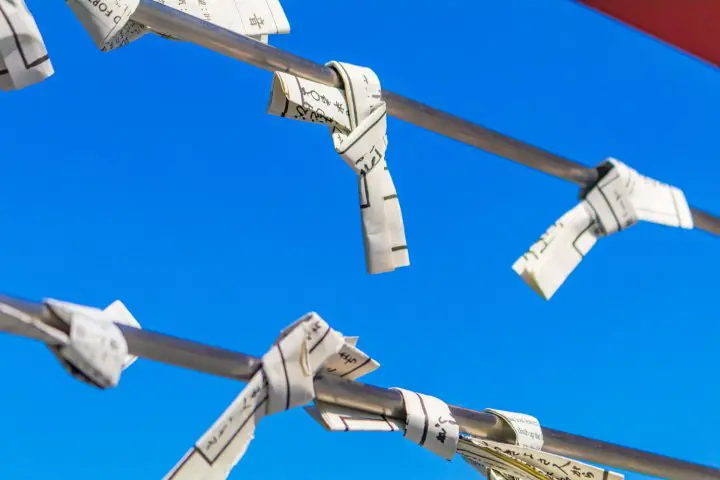
Photo by Pixta
Certainly, you will notice many people surrounding around you lamenting their fortunes as they tie their omikuji slips to iron rods. The action of kami wo musubu or tying the paper, is recommended by the temple as a means of sealing your fate. The rumor? Well, here is what the official homepage of Senso-ji has to say:
"We often hear that Senso-ji’s omikuji have lots of bad fortunes in them, but that is just the way that ancient omikuji is."
So why did the rumor of having a high probability of drawing a bad fortune start circulating?
↑ Return to the top of article.
The Reason for the High Rate of Bad Fortune
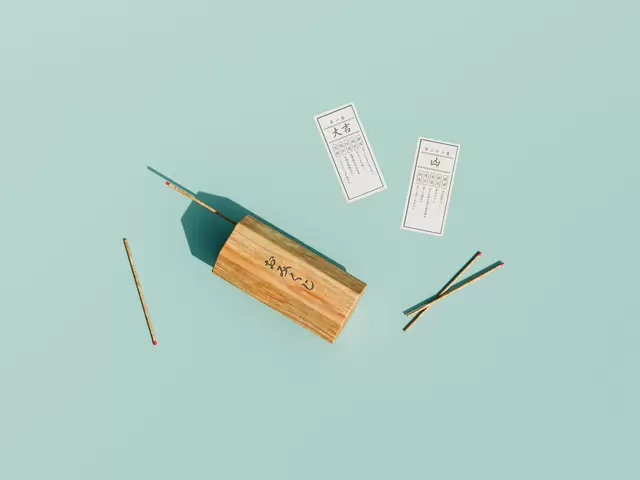
Senso-ji's omikuji strictly adheres to the traditional method of omikuji that has been handed down since the Heian period, called Kannonhyakusen. According to the ratio of Kannonhyakusen, 30% of the 100 bamboo sticks inserted into the tube are bad fortunes. That does not mean that all temples follow this traditional method though. It seems there is a sequence of events that led to an alteration of the system, as the rates of bad fortune were lowered for the happiness of people drawing the fortunes. This is probably where the story of it being easy to draw a bad fortune at Senso-ji’s omikuji started.
↑ Return to the top of article.
But Senso-ji’s Omikuji is Still Popular!

Regardless of the high probability of a drawing a bad fortune, Senso-ji’s omikuji is exceedingly popular. If you try asking other people, the various reasons often given are “I want to try and draw an excellent fortune at Senso-ji, where the probability of drawing a bad fortune is high”, “I want to know if I’ll really draw a bad fortune”, and so on. Senso-ji explains: “Even if you draw a bad fortune, the actions you take thereafter can alter your luck”. Even if you draw a bad fortune, taking it as a good chance to take a positive look at the life you’ll live from now on without feeling down is important. Won’t you try drawing an omikuji at Senso-ji to predict your fortune?
↑ Return to the top of article.
Create Your Own Original Amulet in Asakusa!
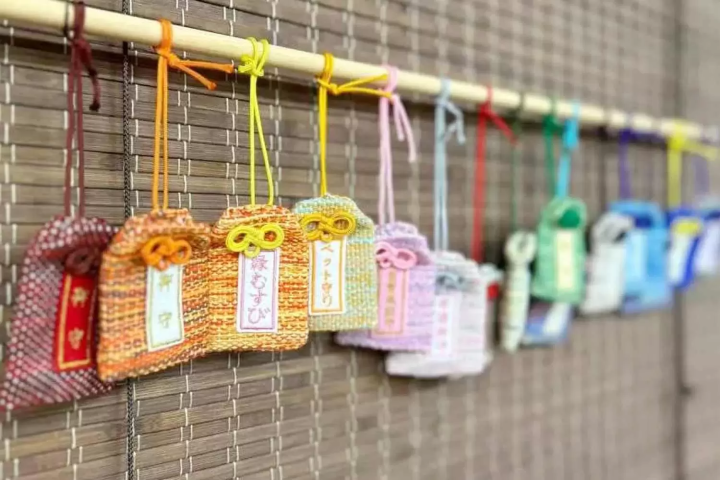
Picture courtesy of kkday
When visiting Sensoji Temple, trying your luck with an omikuji (fortune slip) is one of the fun activities.
And as a souvenir of your trip, how about creating a one-of-a-kind original amulet at OriNami located very close to Sensoji Temple!
Choose from 24 colors of thread and a variety of parts, and then weave your wish into it—this experience will surely become a special memory. Be sure to try it during your sightseeing in Asakusa!
Free cancellation up to 2 days in advance!
Book Your Amulet Making Experience! (Asakusa OriNami)

Picture courtesy of kkday
↑ Return to the top of article.
Frequently Asked Questions
Who created Japan's omikuji (fortune slips)?
The origin of Japan's temple fortune slips is said to be from Genzan Daishi (919–985), a high priest on Mt. Hieizan, who received a five-character four-line verse (ge-mon) from the Bodhisattva Kannon. Genzan Daishi is also enshrined at Jindaiji Temple in Tokyo, but their omikuji are also known to often contain adverse (bad) fortunes, similar to those at Sensoji.
Until what time can I draw omikuji at Sensoji Temple?
At Sensoji Temple, the main hall closes at 5:00 PM, but the omikuji corner in front of the main hall is open and available 24 hours for drawing fortunes.
What are the highlights of Sensoji Temple?
Sensoji Temple's landmarks include the iconic Kaminarimon Gate, Nakamise Street lined with souvenir shops and sweets shops, and the five-story pagoda illuminated at night, which are famous highlights.
Are there other temples or shrines famous for omikuji?
Nunose Shrine in Matsubara, Osaka, is famous for the "Ichihara Koibumi" (Love Fortune Omikuji) created by contemporary artist Hiroko Ichihara, which features impactful phrases. Additionally, Kawagoe Hikawa Shrine in Saitama Prefecture offers "Tai Omikuji," where you fish for your fortune using a rod.
What are some popular tourist spots in Asakusa?
In addition to Sensoji Temple, Asakusa features many attractions such as Tokyo Skytree, Asakusa Hanayashiki (amusement park), and more. For details, see "50 Recommended Spots in Tokyo's Asakusa! Sightseeing, Gourmet, Souvenirs, Shopping, Hotels".
Hotels near Sensoji Temple
Read also
This article was rewritten from a piece originally published on July 10, 2015.
All pictures from PIXTA
This is the official account of MATCHA's editorial department. Our articles feature useful travel information for visitors to Japan, from how-to guides to recommended places to visit.





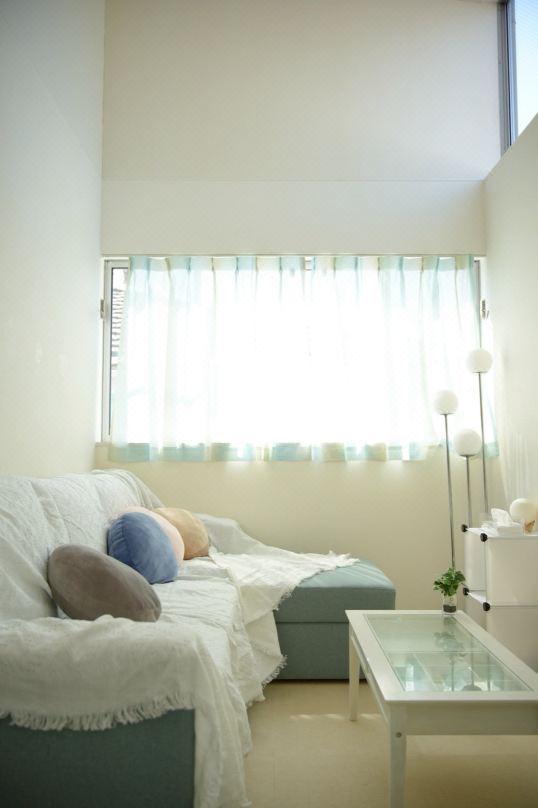
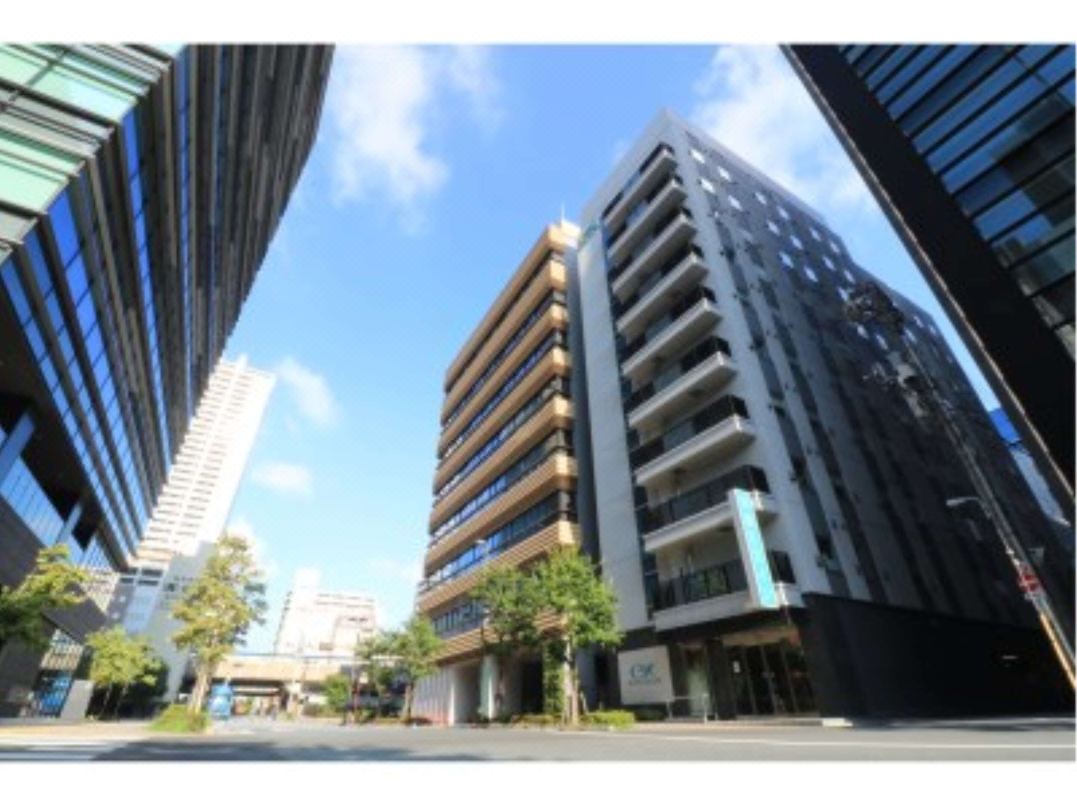





























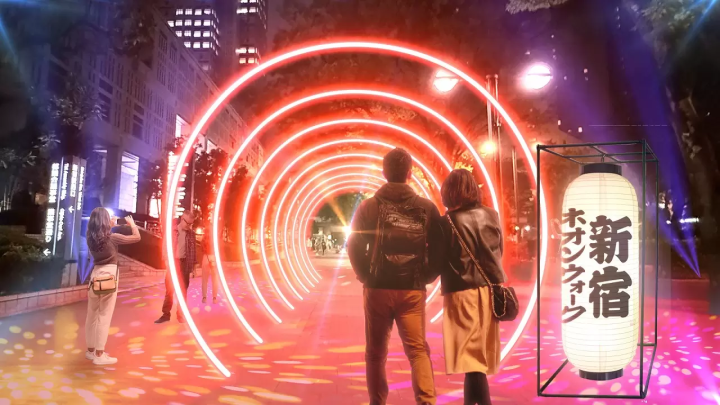
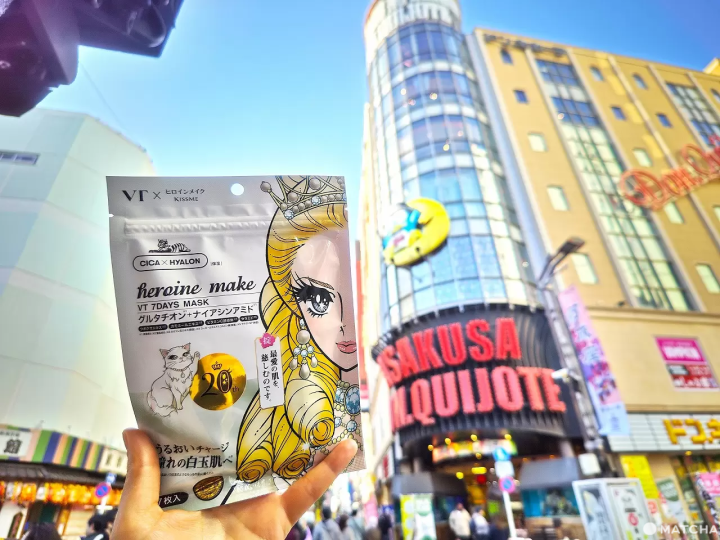
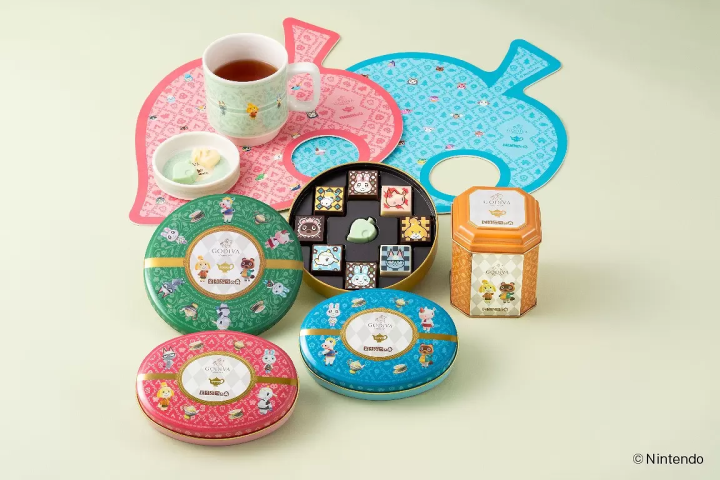
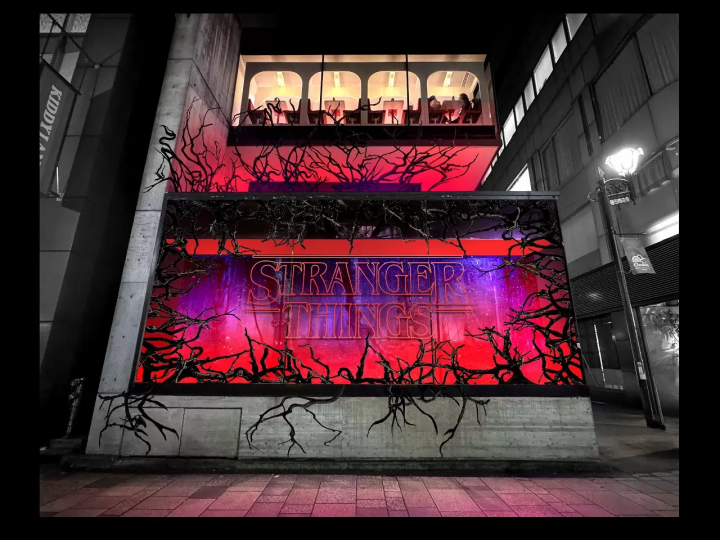
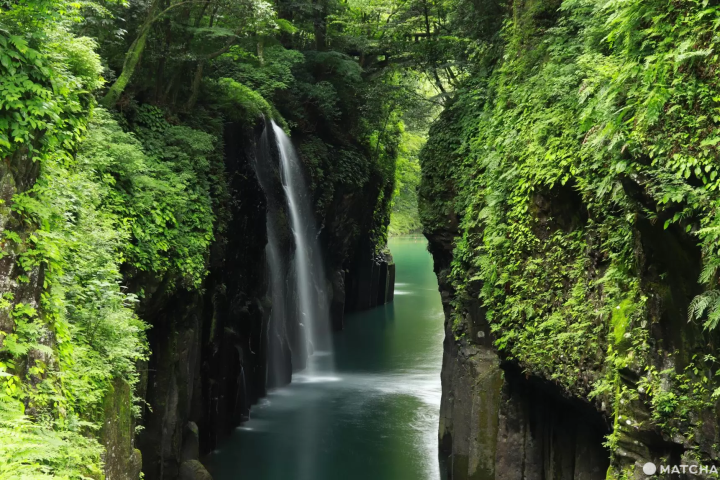





![[JR KYUSHU HOTEL Blossom Oita] A hotel directly connected to Oita Station - A comprehensive guide to access!](https://resources.matcha-jp.com/resize/720x2000/2025/10/23-247814.webp)
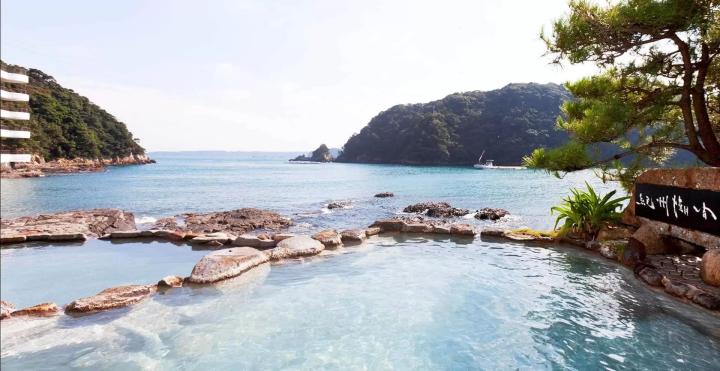
![Deep dive into Japanese brands! A tour of famous leather shoe stores with GENSEI & Nin [Harta Edition]](https://resources.matcha-jp.com/resize/720x2000/2025/12/18-253277.webp)
